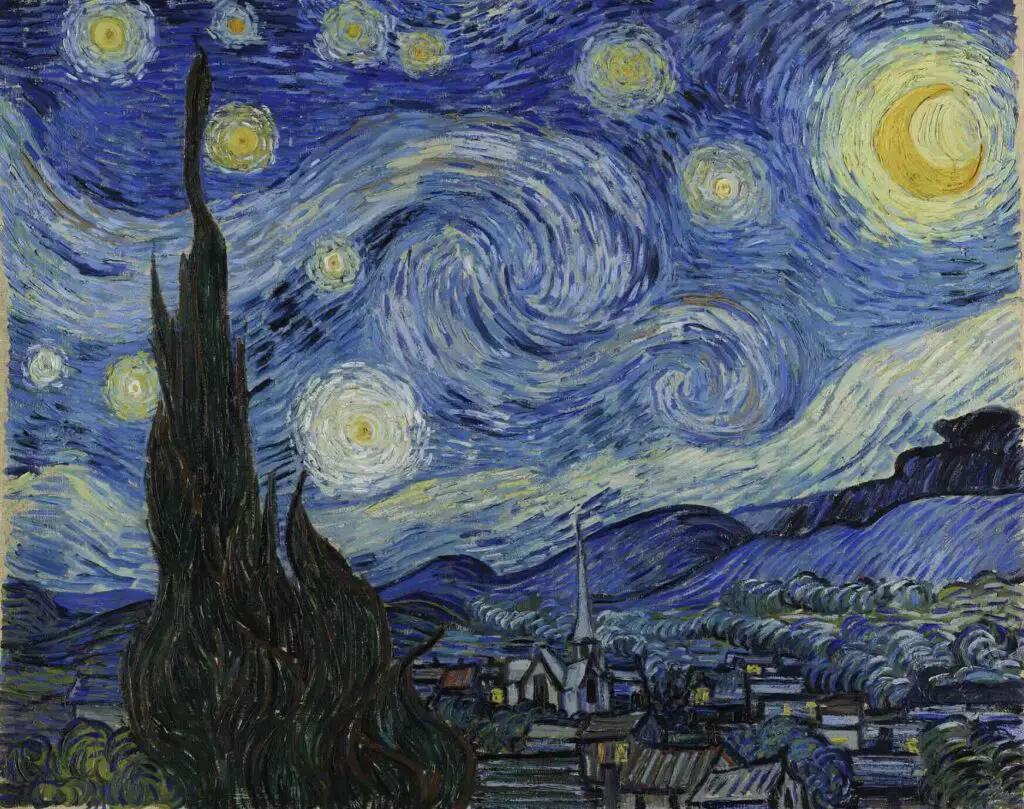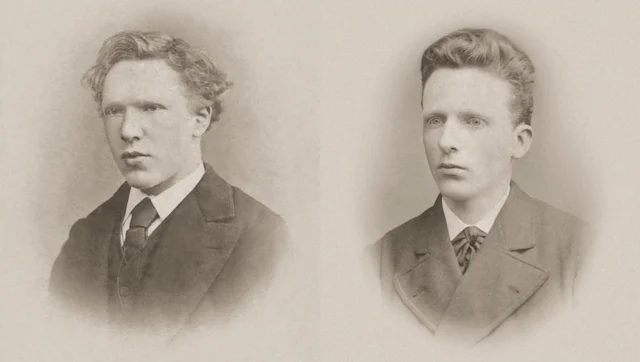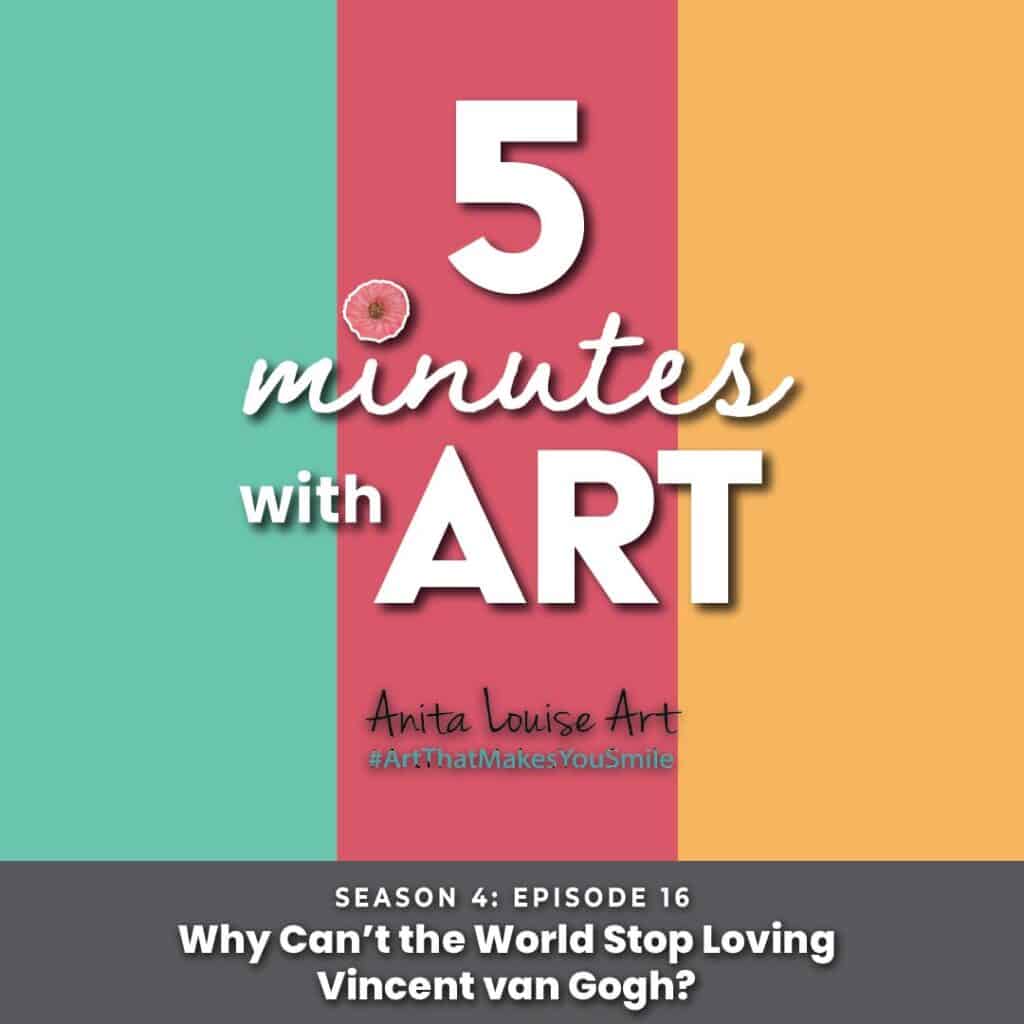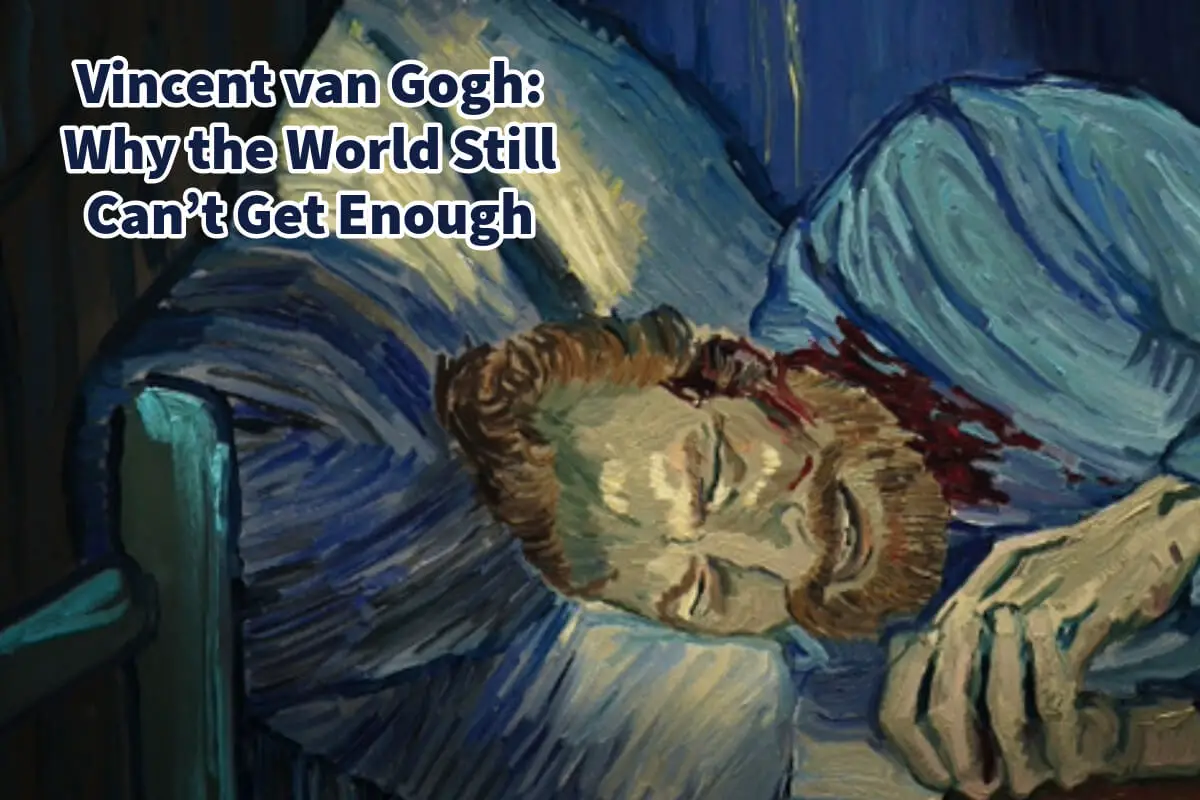More than a century after his death, Vincent van Gogh remains one of the most beloved and recognizable figures in the art world.
Vincent van Gogh’s work sells for record-breaking prices. His paintings are the centerpiece of significant exhibitions. His face, piercing eyes, and red beard are instantly familiar. Even people who know little about art know Van Gogh. But why? What is it about Van Gogh—his life, his work, his legacy—that keeps the world captivated?
Table of Contents
- Vincent van Gogh: A Life That Reads Like Fiction
- Vincent van Gogh: Art That Speaks to Outsiders
- Vincent van Gogh: A Legacy That Grows with Time
- Vincent van Gogh: A Mirror for Our Own Time
- Related Questions
Vincent van Gogh: A Life That Reads Like Fiction
Van Gogh’s story is filled with drama. He was a struggling artist during his lifetime, selling only one painting while alive. He battled poverty, loneliness, and severe mental illness. He cut off part of his ear.

He spent time in asylums. And he died from a self-inflicted gunshot wound at just 37 years old. It sounds like a tragic novel, but it was his real life. That biography fuels public fascination.

We’re drawn to Van Gogh because his suffering seems to pulse through his work. Unlike artists who maintained distance from their subjects, Van Gogh poured himself into his art. His emotional highs and devastating lows are etched into every thick, swirling brushstroke.
It’s not just the beauty of his paintings that moves us—it’s the rawness, the vulnerability, the feeling that this man saw the world differently and tried to show us how it felt to live in his mind.
Vincent van Gogh: Brushwork That Breaks the Rules
Van Gogh’s painting style broke with the conventions of his time. In an era when realism still had a firm grip on European art, he chose expression over accuracy. He painted not what he saw but what he felt.
His brushwork is aggressive, almost sculptural. You can see the physical effort in every stroke. He used color in bold, unconventional ways. Shadows could be purple. Trees were outlined in electric green. His skies swirled, and his fields trembled. Everything was alive.
This kind of style is deeply relatable today. Van Gogh’s work feels modern in a world that increasingly values authenticity and emotion. It doesn’t hide the process. It doesn’t pretend. It shows the hand of the artist, shaking and urgent.
“The Starry Night”: More Than a Masterpiece

No painting captures Van Gogh’s legacy more than The Starry Night. Painted in 1889 while he was in an asylum in Saint-Rémy-de-Provence, it’s one of the most famous images in the world. But its power goes beyond popularity.
The Starry Night is often misunderstood as a romantic view of the night sky. It’s a profoundly personal work made during one of Van Gogh’s darkest periods. The swirls of the sky aren’t calm; they’re chaotic and restless. The cypress tree reaching up into the night is often seen as a symbol of death. The sleepy village below feels disconnected from the turmoil above.
And yet, there’s beauty. There’s longing. There’s a sense of hope that maybe, despite the chaos in his mind, there was something eternal and meaningful in the stars.
That emotional complexity is what keeps people staring at this painting. It’s not just a pretty sky. It’s a glimpse into the psyche of someone trying to survive.
Vincent van Gogh: Art That Speaks to Outsiders
Van Gogh didn’t fit in. He failed as an art dealer, a teacher, and a preacher before turning to painting in his late twenties. He didn’t find a place in the art world while alive. Critics dismissed him. Other artists kept their distance. He was broke, unstable, and often isolated.
And yet, he created some of the most beloved paintings in history.
That outsider story resonates. People who feel like they don’t belong—in society, their families, and their careers—see something in Van Gogh’s struggle. He wasn’t a genius from birth. He didn’t rise through the ranks. He made something meaningful out of pain and rejection. That’s the kind of story people want to believe in.
Vincent van Gogh: A Legacy That Grows with Time

Van Gogh’s fame didn’t explode immediately after his death. It grew slowly, helped by his devoted brother Theo and Theo’s wife, Johanna, who worked tirelessly to promote his art. However, as modern art took hold in the early 20th century, Van Gogh’s work stood out as a bridge between the old and the new.

He influenced significant movements like Expressionism and Fauvism. Artists like Matisse, Derain, and even Jackson Pollock took cues from his color and freedom. But his influence didn’t stop at galleries.
Today, Van Gogh appears everywhere: in pop culture, fashion, music, and memes. You can find The Starry Night on coffee mugs and phone cases. He’s been turned into animated films, graphic novels, and even immersive experiences that project his art across giant walls to music. Far from cheapening his work, this cultural saturation keeps it alive.
Why? Because the core of Van Gogh’s appeal remains intact. His art and story feel real, human. They remind us that greatness doesn’t have to come from prestige or perfection. It can come from pain, perseverance, and the need to express something true.
Vincent van Gogh: The Power of Letters
One often overlooked reason for Van Gogh’s enduring appeal is his letters. He wrote hundreds, primarily to his brother Theo. These aren’t just logistical notes—they’re rich, thoughtful, and brutally honest reflections on his art and mental state.
In them, we see his doubts, hopes, and ideas. We watch his thinking evolve. We witness the toll that life took on him but also his deep commitment to his work.
These letters humanize him, let us hear his voice, and reinforce the idea that Van Gogh wasn’t some distant genius but a man who fought for every inch of beauty he created.
Vincent van Gogh: A Mirror for Our Own Time
The more we learn about mental health, the more Van Gogh’s life seems to echo present-day struggles. He dealt with depression, anxiety, and psychosis. He lived with uncertainty, instability, and social stigma. He searched for meaning in a world that often left him behind.

In this sense, Van Gogh’s art is more relevant than ever. It reflects many people’s tension: between beauty and despair, between isolation and connection. He captured something timeless about the human condition.
And perhaps that’s the real reason the world still can’t get enough of him. Van Gogh reminds us that even in our lowest moments, we can create something that speaks across centuries. That even if we don’t see our value, others might. That truth, even when it hurts, can still be beautiful.
Vincent van Gogh: The Artist Who Endures
Vincent van Gogh’s story is one of suffering, yes, but also of vision. He painted what he felt, not what was expected. He kept going even when no one seemed to care. And he left behind a body of work that continues to move, inspire, and comfort people worldwide.
In a time when authenticity is rare, and vulnerability is risky, Van Gogh proves both are powerful. His life was short, and fame came too late, but his impact was endless. That’s why the world still can’t get enough of him.
Listen To Our Podcast About Why Can’t the World Stop Loving Vincent van Gogh?
Below or By clicking here.

Anita Louise Art is dedicated to art education, great artists, and inspiring others to find and create their art. We love art that uplifts and inspires. #ArtToMakeYouSmile! #ArtToMakeYouHappy!
If you want to see any of my art, you can find out more by clicking here. If you are interested in what inspires me and my paintings, you can discover more by clicking here.
We have a free newsletter and would love you to be part of our community; you can subscribe to the newsletter by clicking here. If you have any questions, I would be happy to talk to you anytime. You can reach me, Anita, by clicking here.
Subscribe to our Anita Louise Art YouTube Channel with great videos and information by clicking here.
Join us for our podcast “5 Minutes With Art.” Spend just 5 minutes a week with us to discover and learn about great art and artists. You can find out more about our podcast by clicking here.
Related Questions
How Much Is Van Gogh’s Starry Night Worth?, And Other Facts
Van Gogh used color, form, and emotions in his art. He had a bright palette that was individualized for his time. Even though he did not see a lot of success during his life after he died, the impact of his art can be seen in both the Expressionism and Fauvism movements that were taking place in Europe.
By clicking here, you can learn more by reading How Much Is Van Gogh’s Starry Night Worth?, And Other Facts.
Why Is Van Gogh Considered Such a Great Artist?
Vincent Van Gogh’s Starry Night painting is considered priceless; many have estimated that the price is worth well over 100 million US dollars. The Museum of Modern Art in New York City has had the painting in its collection since 1941.
By clicking here, you can discover more by reading Why Is Van Gogh Considered Such a Great Artist?
Vincent Van Gogh, The Sowers – 1888
Vincent Van Gogh’s “The Sower,” created during the autumn of 1888, stands as a captivating masterpiece that provides insight into the artist’s enduring fascination with the subject of sowers. This iconic artwork transcends the mere portrayal of a rural scene, profoundly exploring emotion, imagination, and the transformative potency of color.
By clicking here, you can learn more by reading Vincent Van Gogh, The Sowers – 1888.

